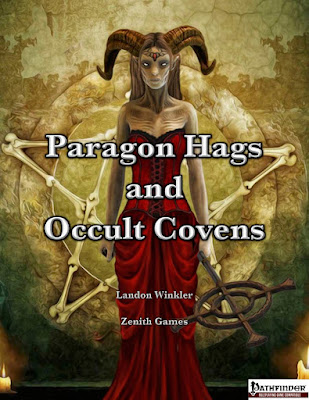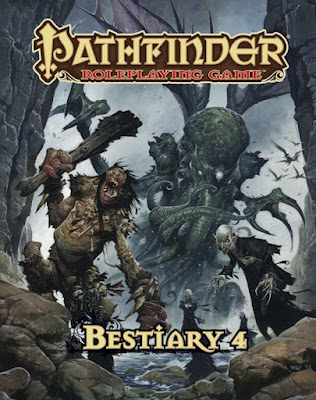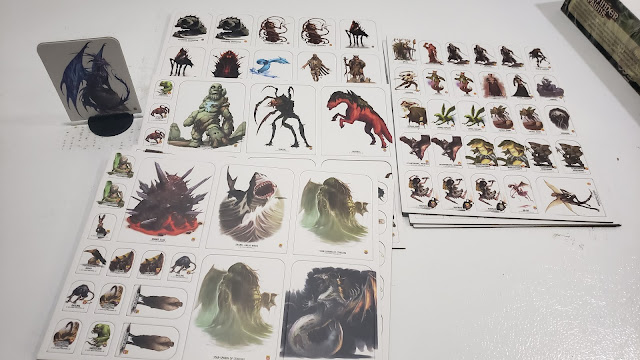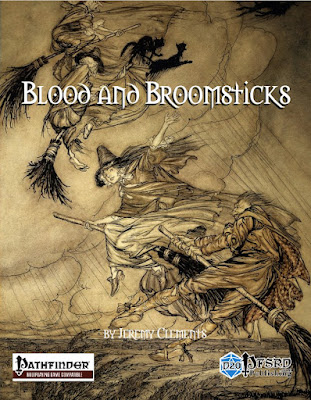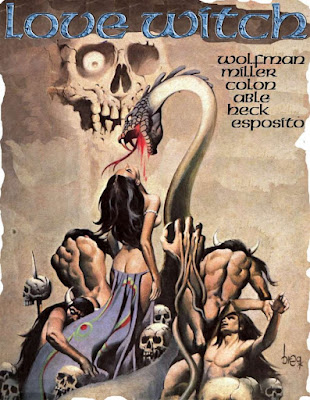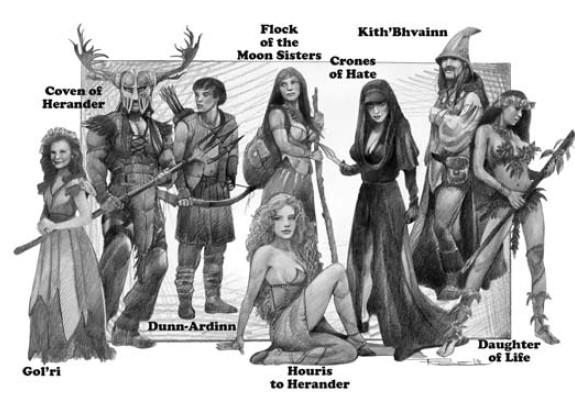This one has been sitting in my TBR pile for so long I actually feel kinda bad that I am just now getting to review it. But this is my unofficial superheroes month so but late than never I guess.
Prowlers & Paragons Ultimate Edition
I like supers games. While I might be suffering from a little bit of superhero burnout right now I still enjoy these games. While I have not found the Prefect-for-Me supers game, this one is very, very close.
For this review, I am considering the POD and PDF I got from DriveThruRPG via their 2019 Kickstarter. The book was ready rather quickly I am just really slow on my review.
PDF and Hardcover, 192 pages. Full-color covers and interior art.
This is a supers game so one of the first things I consider is the art. I know, that seems shallow of me, but comics are a visual medium. So are superhero movies and TV shows. The art of P&P is gorgeous. I read through it and wonder where is the comic that should be attached to this game? No comic. But the game still looks great.
Foreword and Introduction
The foreword from Sean Patrick Fannon talks about the game he wanted to create and then discovers that the original P&P from Leonard Pimentel did more or less everything he wanted. This new P&P updates the old with some new ideas from both Pimentel and Fannon.
The Introduction covers the game and various glossary terms to get you going.
Chapter 1: Basics
The game mechanic is very basic and very easy to use. Every trait, ability, power, or what have you has a score. Figure our what you want to do, find the right combination, add those numbers up, minus any negative modifiers, and then roll that number of d6s. "2s" and "4s" are one success, "6s" are two successes. Compare that to the Thresholds table and you will know by how much you succeed, or fail.
Some special d6s would be nice, but that could get cost prohibitive. Keep in mind Fannon's original supers game was called "Handfuls of Dice" so it's good you can use regular d6s here!
Actions, Combat, Resolve, and Adversity are all dealt with in more detail in chapters 3, 4, and 5. But it is great to have here to get an idea on how to create your characters.
Chapter 2: Characters
The heart and soul of any supers game are the super themselves. Here we cover how to create your characters which will include types and power levels. This is a point-buy system so you get so many points depending on your power level and then use those points to buy everything you need.
Abilities are your base abilities like what you can find in most games. Agility, Intellect, Might, Perception, Toughness, and Willpower. Similar to D&D and very similar to Unisystem. 1d (1d6) to 6d represents the human norm. Talents are like skills, but broader. We also have our huge list of Powers. Powers can have Pros and Cons. For example, Ironman and Green Lantern both need to have a power source for their powers. This would be a con. Characters can also have Perks (Wealth for Batman) and Flaws (Compulsion, also for Batman).
The powers seem pretty comprehensive. Very much similar to say Mutants & Masterminds or other supers games.
This is the largest chapter of the book as expected.
Chapter 3: Action
This is the shortest chapter since action rolls are pretty easy to figure out. Again you are rolling a bunch of d6s (determined by abilities, talents, powers, and other modifiers) and counting your successes ("2s" and "4s" are 1, "6s" are 2). Compare that number to the Thresholds chart. You can also embellish your actions.
Chapter 4: Combat
Combat is largely a specific type of action, but since fighting bad guys is so central to many supers games and the variety of ways to engage in combat, this one is a bit larger and on its own.
Chapter 5: Resolve and Adversity
It is not the powers that make heroes the heroes, but their ability to do what is right and fight on. This is Resolve. Resolve allows the heroes to push through the tough times, to help their allies, to be able to "do this all day." It is a bit like the Drama Point system in Unisystem (Buffy, Ghosts of Albion). You can save it for the right moment for the best heroic action. Adversity is what challenges them.
Chapter 6: Equipment
Utility belts, flight suits, fast cars, even swords, bats (baseball, not the flying kinds), and your base of operations are all covered here.
Chapter 7: Environment
Street-level supers might be limited to the mean streets, but a supers game can take you anywhere and the players need to know how to handle these situations.
Chapter 8: Friends and Foes
I always love these chapters in Supers games. We get a variety of heroes and villains to help populate our worlds. Often they are the authors' homages to the heroes and stories they love, but also to fill certain niches. This chapter starts out with the basics; animals, extras (NPCs), and then we move onto the main heroes. There are variations of some classics here; your speedster, your blaster, you martial arts expert, the super soldier, and so on. If you have read a comic...well...ever then you should know what to expect here. I can almost judge a game by how many of these heroes I'd like to use. So far this game is doing great since all of them seem interesting me. These are followed by the Foes. They are also very interesting. Sure in both cases (heroes and foes) are built on very, very familiar archetypes, but that is also why they work.
Chapter 9: Superhero Gaming
This last chapter covers running your Prowlers & Paragons games including creating villain and their motivations. Also creating scenes, stories, and series.
This is followed by a character sheet, a list of Kickstarter backers, and a good index.
Honestly, this is really a great supers game. It is a little less on the complexity scale than say Mutants & Masterminds, but more so than say Icons.
while the notion of rolling say 20+ d6s can be daunting for really powerful characters, the fact that you are just looking for success makes it go really fast. Plus dropping a handful of dice for an attack? Yeah, there is sublime satisfaction in that as well.
There is also a free Quickstart and free Character Sheets.
Character creation is pretty fast and very fun. Here are some examples of ones I was able to do with just some of the Quickstart details and a pre-Kickstarter draft.
I am going to have to come back to this game for some more!

